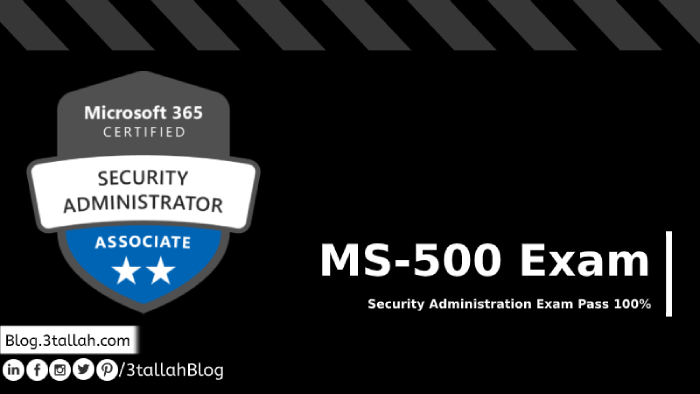1. Install new DC
o Server manager
2. Identify which configuration can’t fulfilled using AD installation wizard
o AD Certificate, Schema
3. Which DC must be online while Installing New DC
o DC that holds RID Role
4. Apply security template
o Security configuration and analysis
5. Prevent VM from synchronizing Clock
o Integration services > Time Sync
6. Saved VM before start backing up
o Integration services > Backup > Disable
7. Manage IPAM Client From Server 2
o On server 2 add server 1 to server manager
8. Ensure that you can use IPAM to manage DNS
o Add server 1 to Event log readers group
9. Change IPAM Provisioning Method
o Reinstall IPAM Server Feature
10. Identify which server we can deploy CRL Distribution point
o CDP (and AD CS) always uses a Web Server
11. Identify the minimum number of AD RMS trusts required
o N*(N-1) trusts
12. Modify the files in Share permission Folder1. The solution must use central access
o Set the classification to Information Technology
o Assign the Modify permission to the Authenticated Users group.
13. Ensure that you can start VM1 on Server1 if Server2 fails
o From the Hyper-V Settings of Server1, modify the Replication Configuration settings. Enable replication for VM1
14. Ensure that you use Windows Server Backup to back up data to Microsoft Online Backup
o From Windows Server Backup, run the Register Server Wizard.
15. Configure Cluster1 to be a replica server for Server3 and Server3 to be a replica server for Cluster1
o A. The Hyper-V Manager console connected to Server3
o C. The Failover Cluster Manager console connected to Cluster1
16. Server1 continuously restarts without starting Windows
o C. Last Know Good Configuration (advanced)
17. Ensure that users can access previous versions of files that are shared on Server1
o Vssadmin (Manage the Volume Shadow Copy Service)
18. Move all of the VM from Server1 to Server2. solution must minimize downtime (different processor)
o C. Export the virtual machines from Server1 and import the virtual machines to Server2.
19. Ensure that all of the nodes in Cluster1 can actively respond to the client requests for Folder1
o L. The Scale-Out File Server
20. Ensure that Server2 handles all of the client requests And Ensure that if Server2 fails, Server1 becomes the active node for App1.
o J. The preferred owner
21. Ensure that when users connect to WebApp1, their session state is maintained
o B. Affinity – Single
22. You have a Password Settings object and need to view the settings of PSO1.
o D. Get-ADFineGrainedPasswordPolicy
HTML cheatsheet collects the most common tools for web editors on a single page. Use it every time you are composing HTML markup code.





